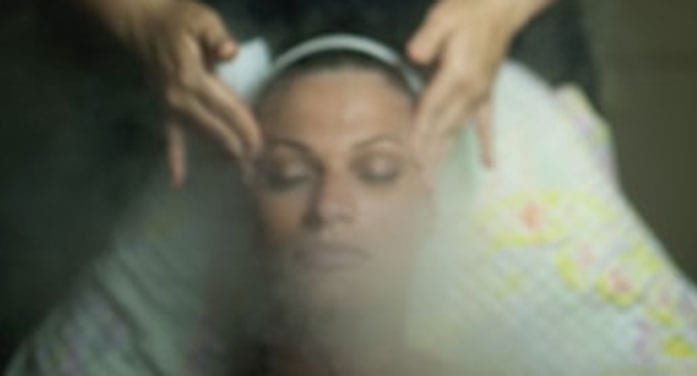 Albertans are enduring a tale of two downturns during COVID-19. There’s the very real downturn full of private-sector pain. Then there’s the experience of government employees who have largely been shielded from the downturn.
Albertans are enduring a tale of two downturns during COVID-19. There’s the very real downturn full of private-sector pain. Then there’s the experience of government employees who have largely been shielded from the downturn.
Over the last year, 76,600 private-sector jobs vanished in Alberta, while 5,600 government jobs were added. Since the beginning of 2015, the number of private-sector jobs has declined by seven per cent while the number of government jobs across the province has increased by 17.5 per cent, according to Statistics Canada job numbers.
Do you think families struggling to put food on the table or the restaurant that’s trying to keep its lights on needs tax relief or more government bureaucrats to support?
On top of the job gains, more than 7,300 Alberta government bureaucrats received a pay raise during lockdowns in 2020, according to a freedom of information request obtained by the Canadian Taxpayers Federation.
Alberta’s politicians also haven’t been willing to make the same financial sacrifices they’ve forced the rest of us to make during COVID-19.
Our MLAs took a five per cent cut in 2019 and Premier Jason Kenney took a 10 per cent cut. That was an obvious good move for a government trying to tap the breaks on runaway spending. But apart from Cypress-Medicine Hat’s MLA Drew Barnes who has been pushing his colleges to take a 20 per cent pay cut, our provincial politicians have been conspicuously silent about sharing in the COVID-19 pain.
So much for being in this together.
An MLA’s base salary is over $120,000 per year, which is the highest in Canada. On top of that, MLAs receive $16,000 for a “retirement investment amount” and tens of thousands of dollars in extra pay for ministerial roles. Surely MLAs can muster up the money to show solidarity with the rest of us and take a pay cut.
It’s clear there’s been a class divide during COVID-19 between government and the struggling taxpayers forced to pick up the growing tab. But this class divide has been around for years.
In December 2020, the CTF released a report analyzing collective bargaining agreements that were published by the Alberta government since the economic downturn began in 2015.
We found 295 government wage settlements that resulted in a pay raise since 2015. We couldn’t find a single government union that took a pay reduction since the downturn began. In fact, the last broad-based Alberta government pay cut was in 1994 and that was a five per cent cut, according to research from Secondstreet.org.
The CTF is asking all governments and departments for the cost of government pay raises since the downturn began in 2015. So far, we’ve received responses from the Alberta government’s core departments, the University of Alberta and the University of Calgary. The cost of pay raises for these government employees totalled $400 million. And that’s only a fraction of total government employees in the province.
This isn’t meant to be a shot at all unions.
Many private-sector unions have taken a pay reduction during the downturn to help keep more workers employed and to help keep their businesses afloat. Throughout Alberta’s downturn, 107 private-sector union settlements resulted in pay reductions. The largest single-year pay cut was a 25 per cent reduction.
Albertans working outside of government and our businesses have taken a beating for years. Not only have government employees largely been shielded from the downturn, but thousands of new government jobs have been added and thousands of government employees received a raise. All this means a higher tax burden for families and businesses who can least afford it.
It’s not fair to keep forcing the private sector to do all the heavy lifting. It’s time for Alberta’s government employees to share in the burden and take a cut.
Franco Terrazzano is the Alberta Director of the Canadian Taxpayers Federation.
Franco is one of our Thought Leaders. For interview requests, click here.
The views, opinions and positions expressed by columnists and contributors are the authors’ alone. They do not inherently or expressly reflect the views, opinions and/or positions of our publication.


